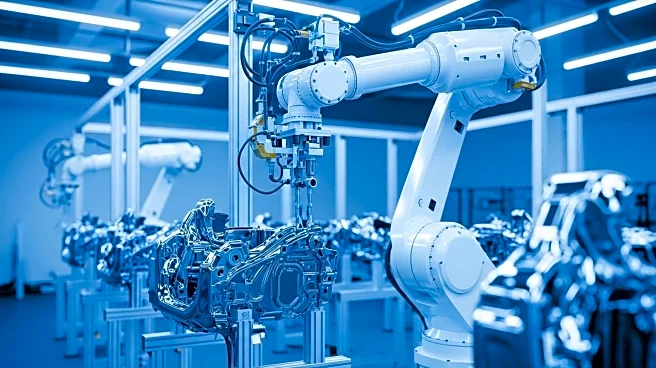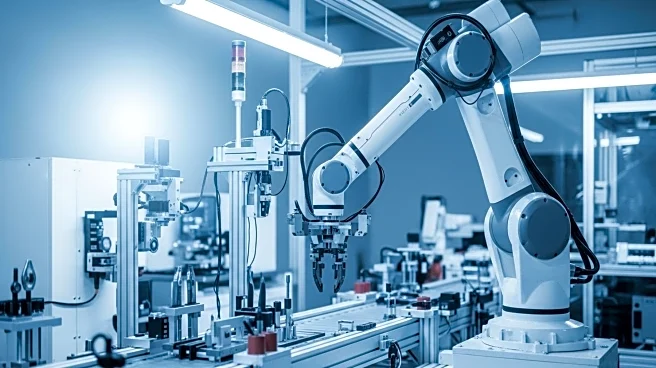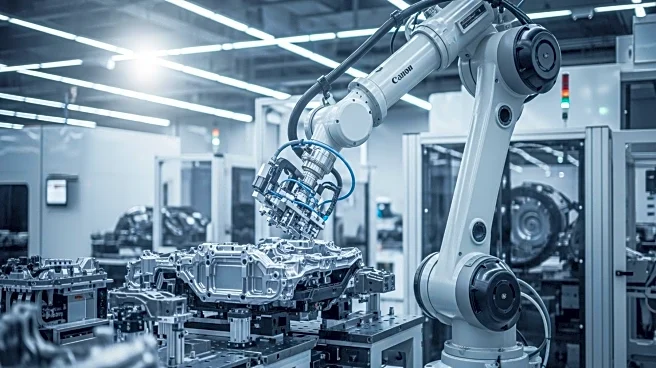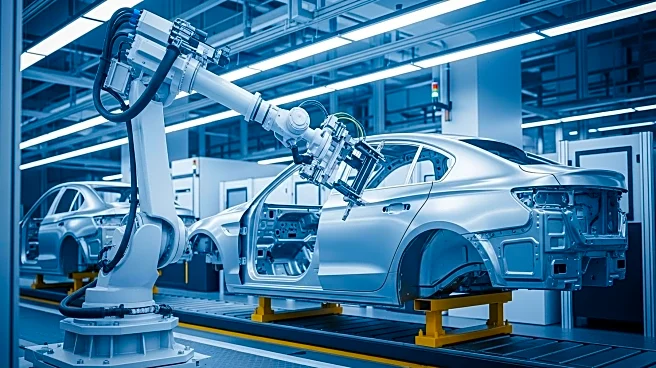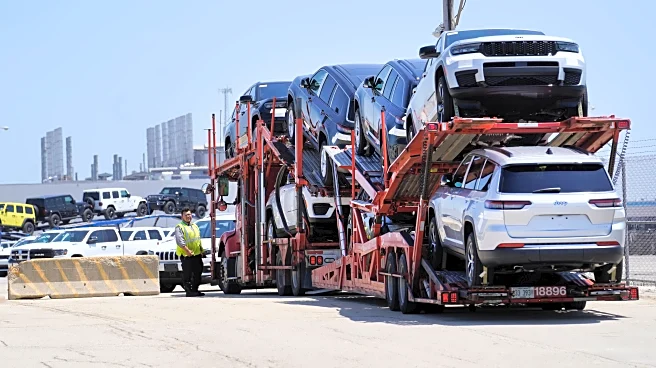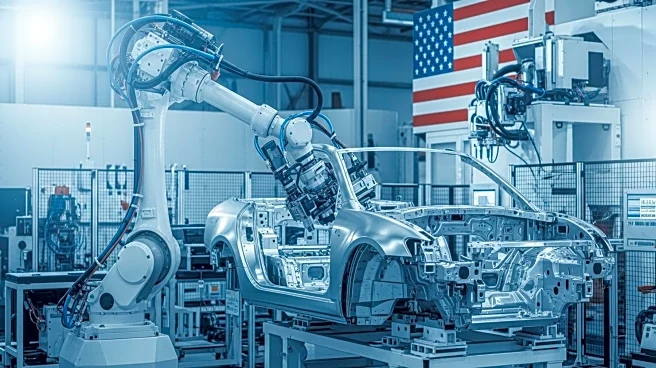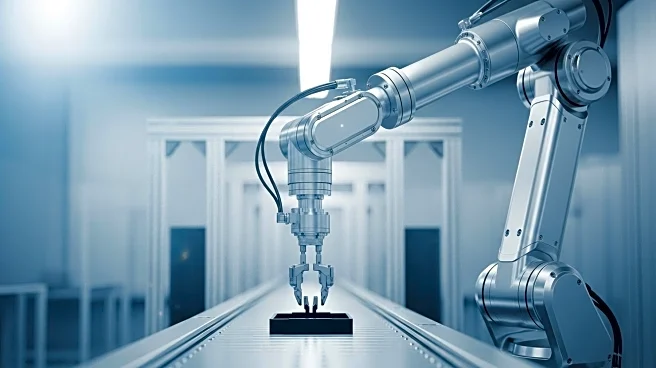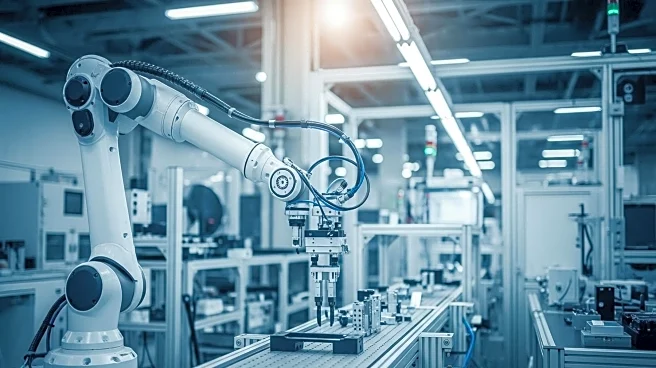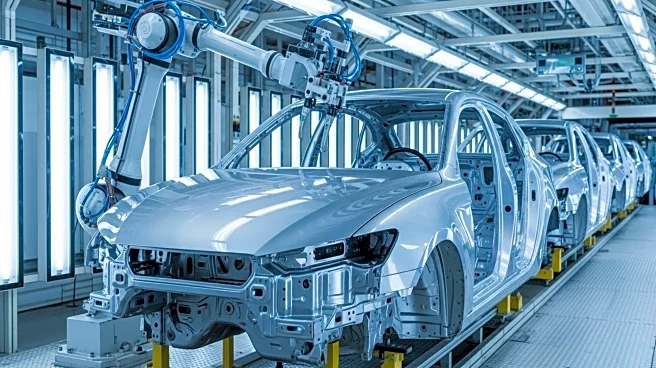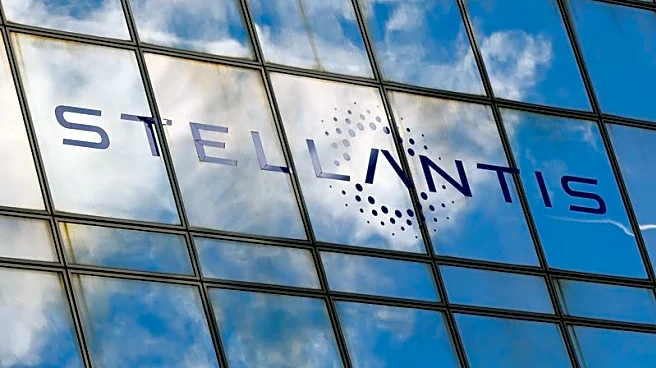What's Happening?
Stellantis, a major automaker, has announced a significant investment of $13 billion in the United States. This investment is aimed at introducing five new models to the market and is expected to create
5,000 jobs across various plants in the Midwest over the next four years. The announcement comes as part of Stellantis' strategic expansion in the U.S. market, reflecting its commitment to enhancing its production capabilities and market presence. The investment is part of a broader trend of automakers increasing their footprint in the U.S., driven by favorable market conditions and the potential for growth in the automotive sector.
Why It's Important?
The investment by Stellantis is crucial for the U.S. automotive industry, as it promises to boost job creation and economic activity in the Midwest, a region historically significant for manufacturing. The introduction of new models will likely stimulate consumer interest and demand, potentially leading to increased sales and market share for Stellantis. Additionally, this move may encourage other automakers to consider similar investments, fostering competition and innovation within the industry. The creation of 5,000 jobs will have a positive impact on local economies, providing employment opportunities and supporting community development.
What's Next?
Stellantis' investment is expected to unfold over the next four years, with the rollout of new models and the establishment of additional production facilities. The company will likely engage with local governments and communities to facilitate the expansion and ensure smooth operations. As the new models are introduced, Stellantis will focus on marketing strategies to capture consumer interest and drive sales. The broader automotive industry will be watching closely, as this investment could set a precedent for future expansions and collaborations within the sector.
Beyond the Headlines
This investment by Stellantis may have long-term implications for the U.S. automotive industry, including potential shifts in manufacturing practices and supply chain dynamics. The focus on new models could lead to advancements in automotive technology and design, influencing industry standards and consumer expectations. Additionally, the job creation aspect highlights the ongoing importance of manufacturing jobs in the U.S. economy, contributing to discussions on labor market trends and workforce development.
